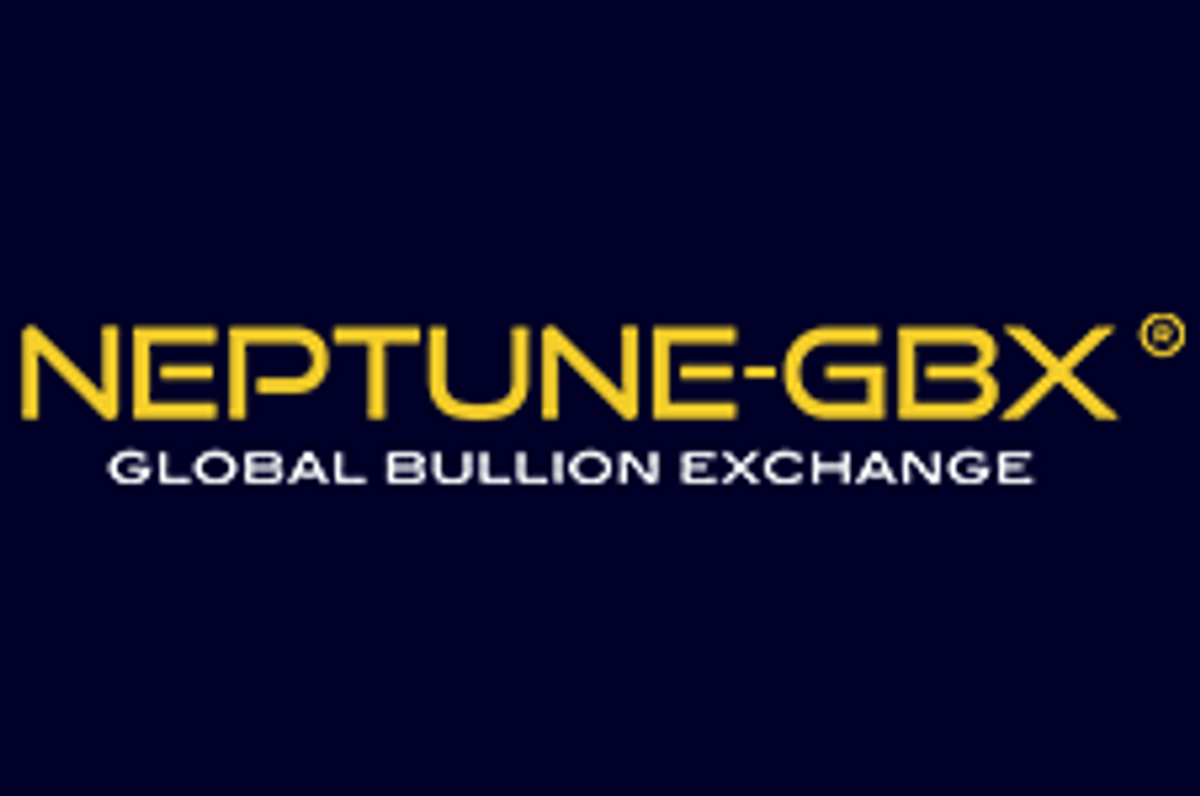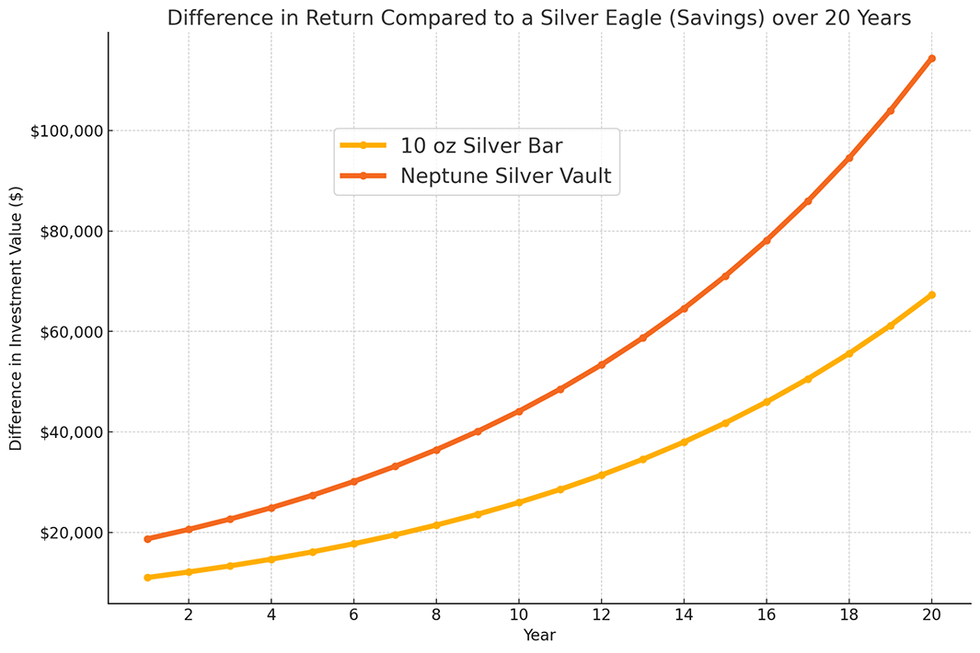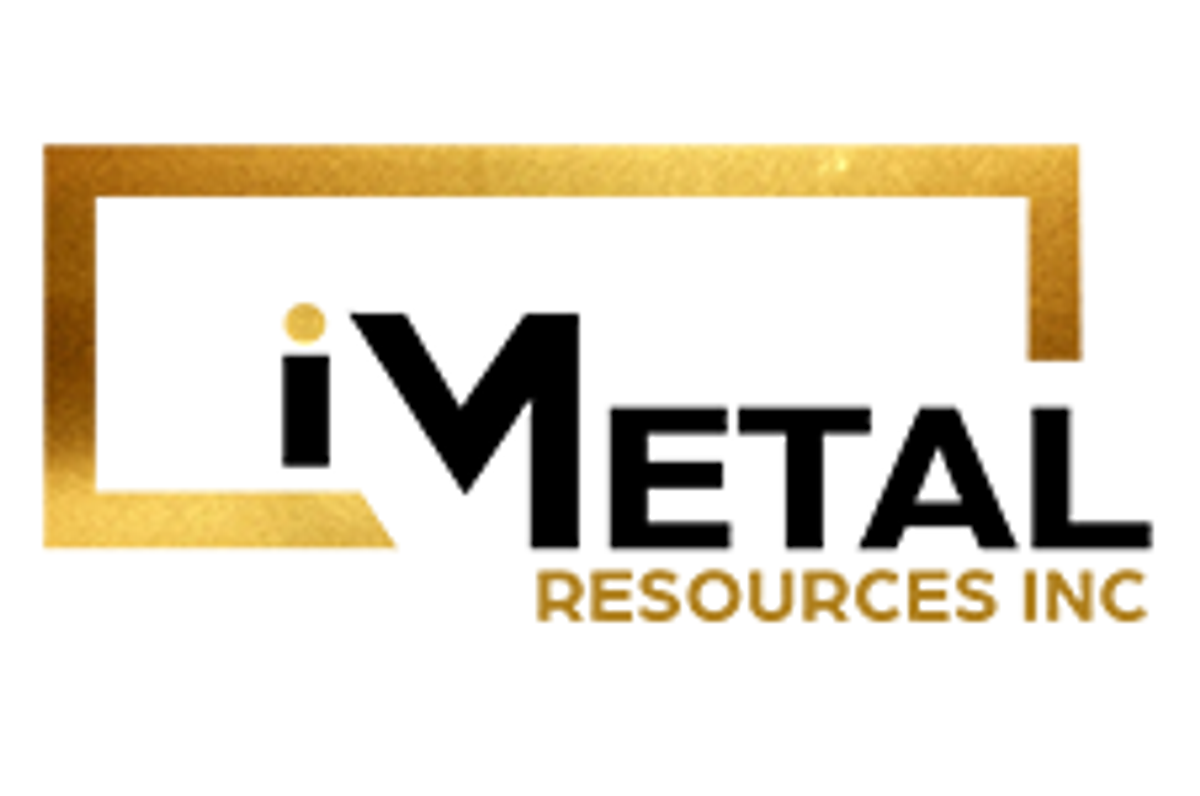
August 06, 2024
Neptune GBX, a trusted partner for wealth management solutions, is a full-service precious metals dealer, and exchange operator in Wilmington, Delaware. Founded in 2002, the company has been building its reputation in the precious metals industry consistently expanding its services and expertise to meet the evolving needs of its diverse clientele. Neptune GBX focuses on first-class cost-efficient solutions, establishing itself as a knowledgeable and reliable partner in this specialized market.
Neptune GBX's combination of expertise, innovative products, and client-centric approach positions it as a distinctive and valuable partner in the precious metals investment sector.
 $100,000 investment with 10% ROI compounded
$100,000 investment with 10% ROI compoundedNeptune GBX's value proposition centers on empowering clients through education and insightful market analysis. The company places a strong emphasis on client education. By providing clients with essential knowledge and tools, Neptune GBX enables them to navigate the precious metals investment landscape with confidence.
Company Highlights
- Neptune Vault offers significantly lower premiums—up to 25 percent less than competitors. This reduction in premium costs translates to potential gains of more than twice over the long run. Minimizing spreads is crucial, and Neptune Vault excels in providing cost-effective options for investors.
- Neptune-GBX has teamed up with Franklin Templeton’s Fiduciary Trust International to provide precious metals investors with institutional-quality custodian, cash management and reporting services. This means products and services are tailored for various client types, from individual investors to wealth management professionals.
- Neptune Vault accounts offer storage fees as low as 0.30 percent per annum, ensuring substantial savings over time. For comparison, the PSLV Silver Fund has a management expense ratio of 0.60 percent. With Neptune Vault at 0.40 percent, investors gain an extra 1 percent every 5 years, totaling a 5 percent gain over 25 years.
- Neptune Vault accounts provide instant liquidity with better spreads than coins and small bars. With live pricing available five days a week, there is no need for shipping or assaying. A simple phone call or email can liquidate your investment promptly, ensuring access to funds in times of urgent need.
- Every ounce in a Neptune Vault account is directly allocated to the client's name, ensuring no over-allocation. The vault provides an asset custody letter to affirm true ownership, giving you peace of mind that you own the metal outright.
- Neptune Vault makes redemptions straightforward and quick. With just a phone call or email, your bullion can be transferred, shipped, or converted within days. The segregated and allocated nature of the product ensures that it is always ready for you, providing essential quick access to your physical investment.
- The PMC Ounce® offers diversified exposure to multiple precious metals.
This Neptune GBX profile is part of a paid investor education campaign.*
Click here to connect with Neptune GBX to receive an Investor Presentation

Sign up to get your FREE
Silver Dollar Resources Investor Kit
and hear about exciting investment opportunities.
- Corporate info
- Insights
- Growth strategies
- Upcoming projects
GET YOUR FREE INVESTOR KIT
The Conversation (0)
21h
Silver Dollar Resources
Advancing high-grade silver-gold assets in Mexico’s Durango-Zacatecas silver belt
Advancing high-grade silver-gold assets in Mexico’s Durango-Zacatecas silver belt Keep Reading...
16h
More high grade gold intercepts at BMT3 in Boundiali
Aurum Resources (AUE:AU) has announced More high grade gold intercepts at BMT3 in BoundialiDownload the PDF here. Keep Reading...
17h
Top 5 Australian Mining Stocks This Week: Taruga Minerals Climbs on Acquisition of Gold-Copper Projects
Welcome to the Investing News Network's weekly round-up of the top-performing mining stocks listed on the ASX, starting with news in Australia's resource sector.Many of this week's top stocks jumped on news of project acquisitions. Gold companies remained in the spotlight this week as precious... Keep Reading...
18 December
iMetal Resources Completes Flow-Through Financing
iMetal Resources Inc. (TSXV: IMR,OTC:IMRFF) (OTCQB: IMRFF) (FSE: A7VA) ("iMetal" or the "Company) announces that has closed its non-brokered private placement (the "Offering") of flow-through units (each, an "FT Unit"). In connection with closing, the Company has issued 4,160,777 FT Units, at a... Keep Reading...
17 December
Inside West Africa’s Expanding Gold Exploration and Investment Landscape
Faced with declining reserves in mature mining jurisdictions, gold producers and explorers are shifting their attention toward regions offering scale, geological upside and room for new discoveries. West Africa is increasingly filling that role. Stretching from Senegal to Ghana, the region has... Keep Reading...
17 December
Mount Hope Mining Eyes Maiden Resource at Mount Solitary Prospect in the New Year
Mount Hope Mining (ASX:MHM) CEO Fergus Kiley said the company is on track to deliver a maiden resource for the Mount Solitary prospect within its flagship Mount Hope project in New South Wales, following the current drilling program.“If we continue to find more gold, then we'll continue to... Keep Reading...
Latest News

Sign up to get your FREE
Silver Dollar Resources Investor Kit
and hear about exciting investment opportunities.
- Corporate info
- Insights
- Growth strategies
- Upcoming projects
GET YOUR FREE INVESTOR KIT
Interactive Chart
Latest Press Releases
Related News
TOP STOCKS
American Battery4.030.24
Aion Therapeutic0.10-0.01
Cybin Corp2.140.00






